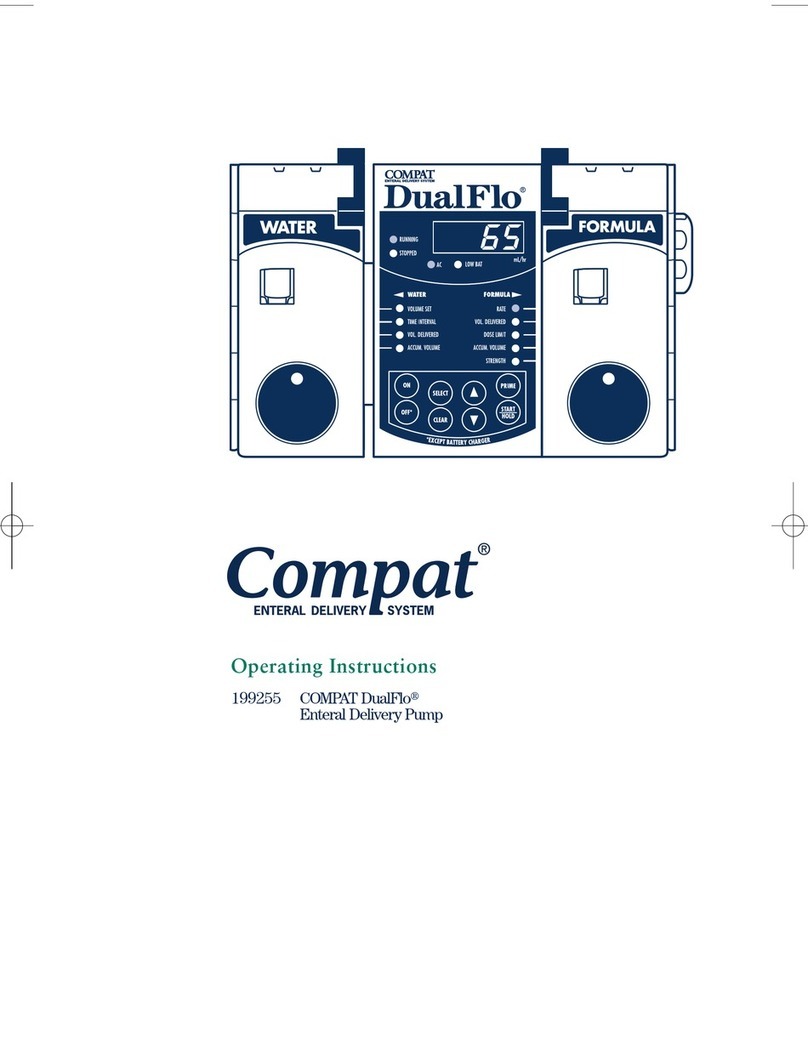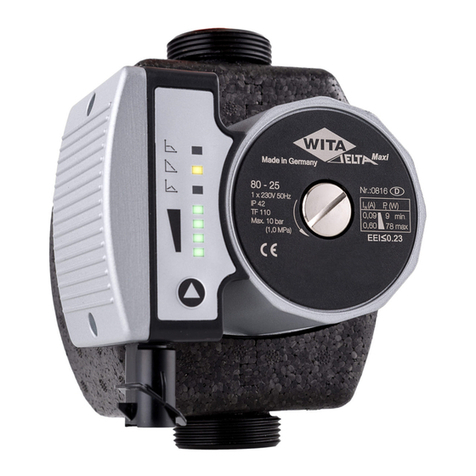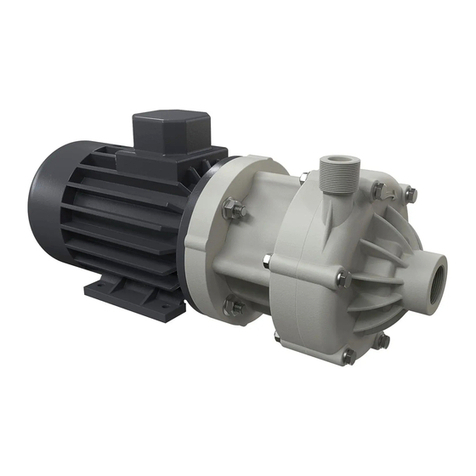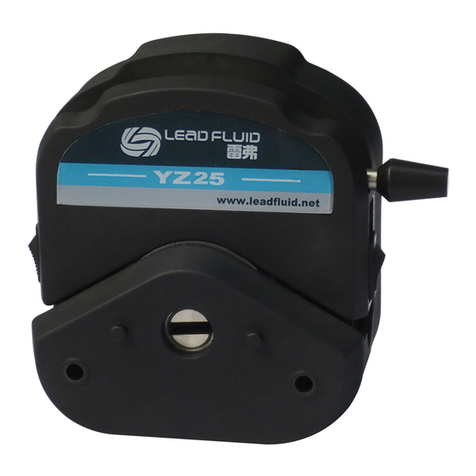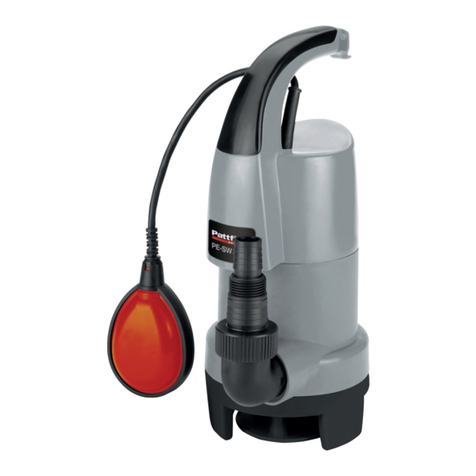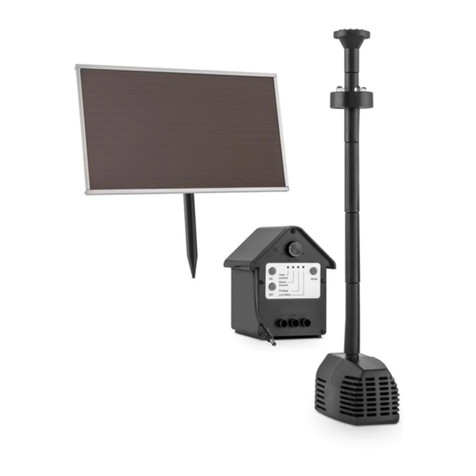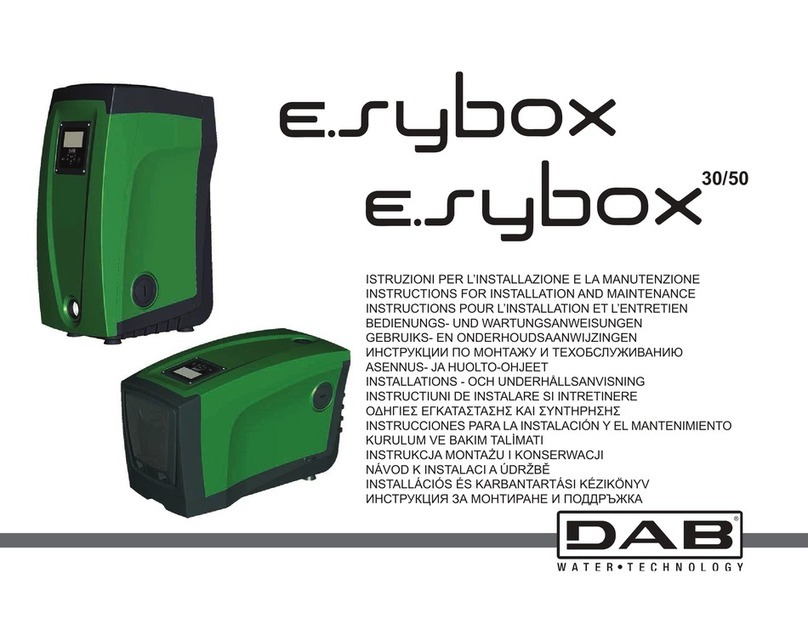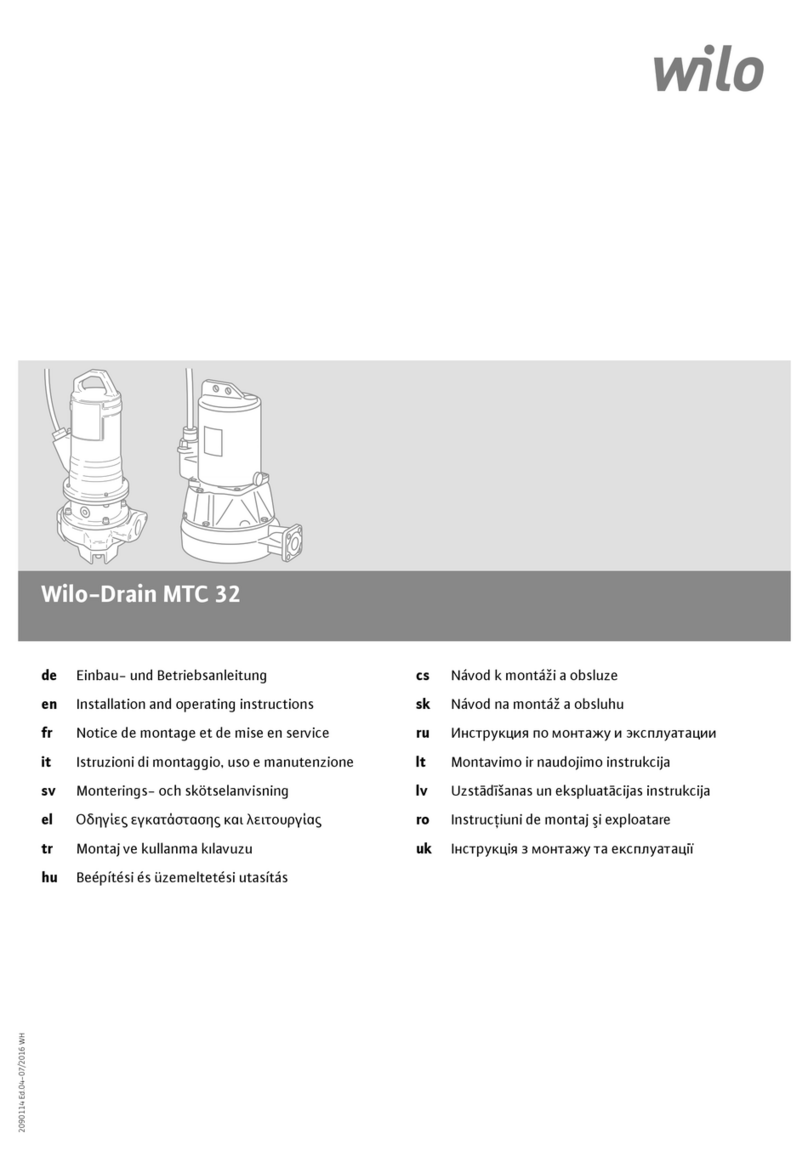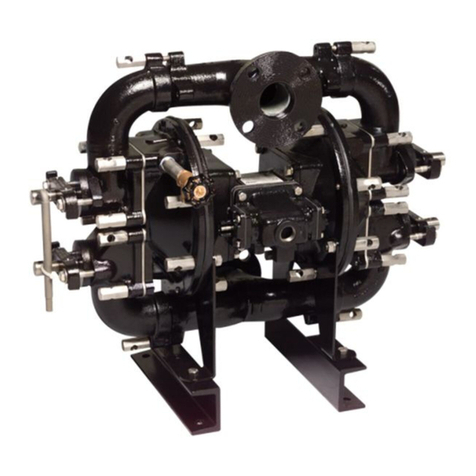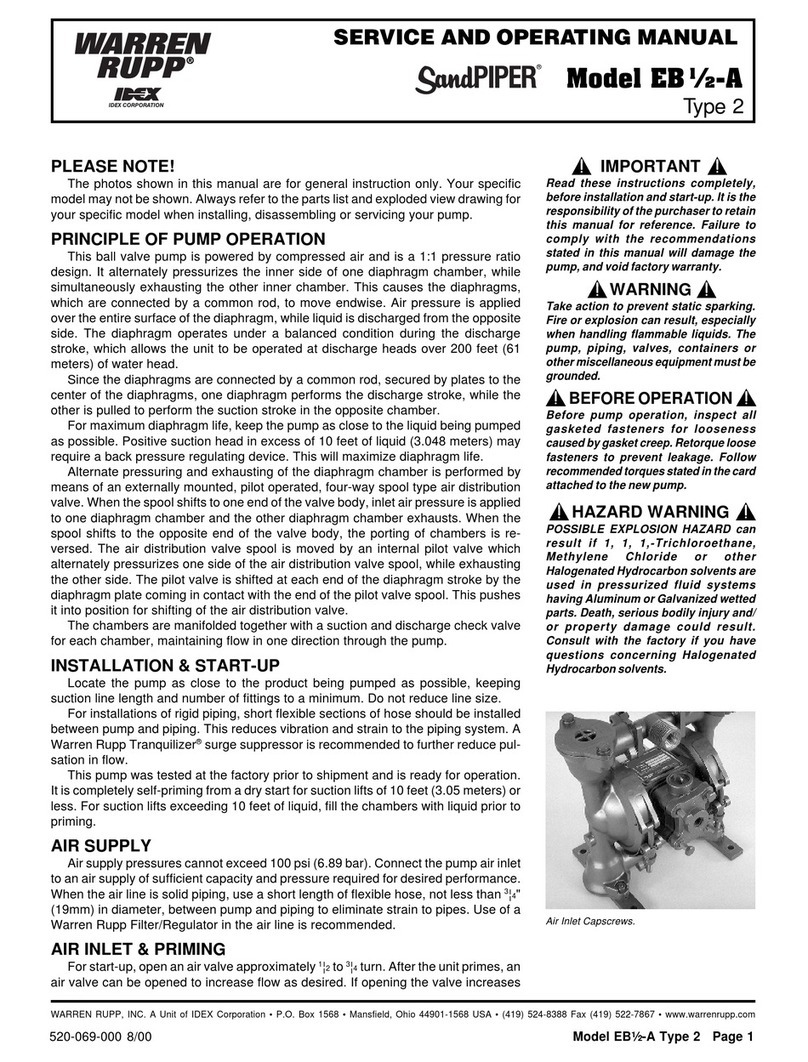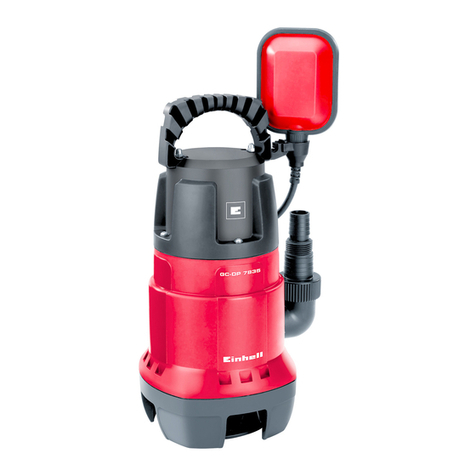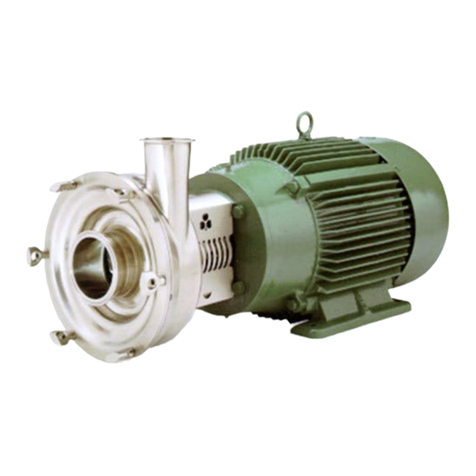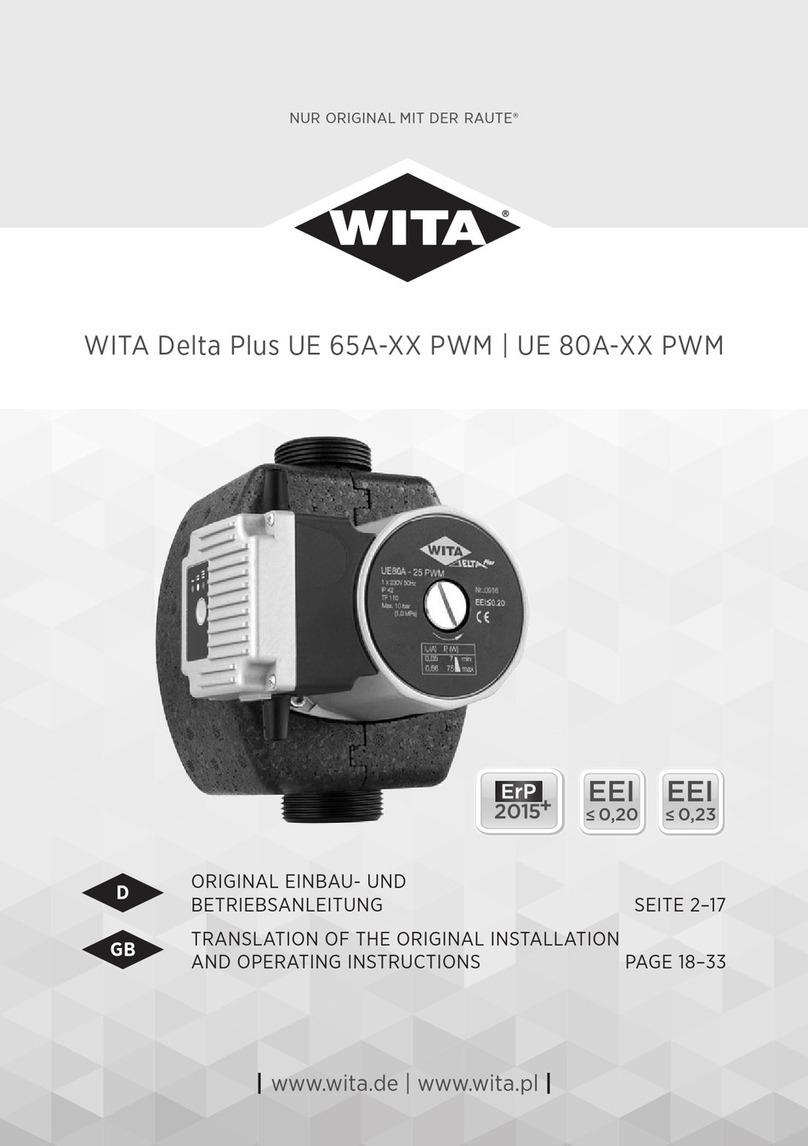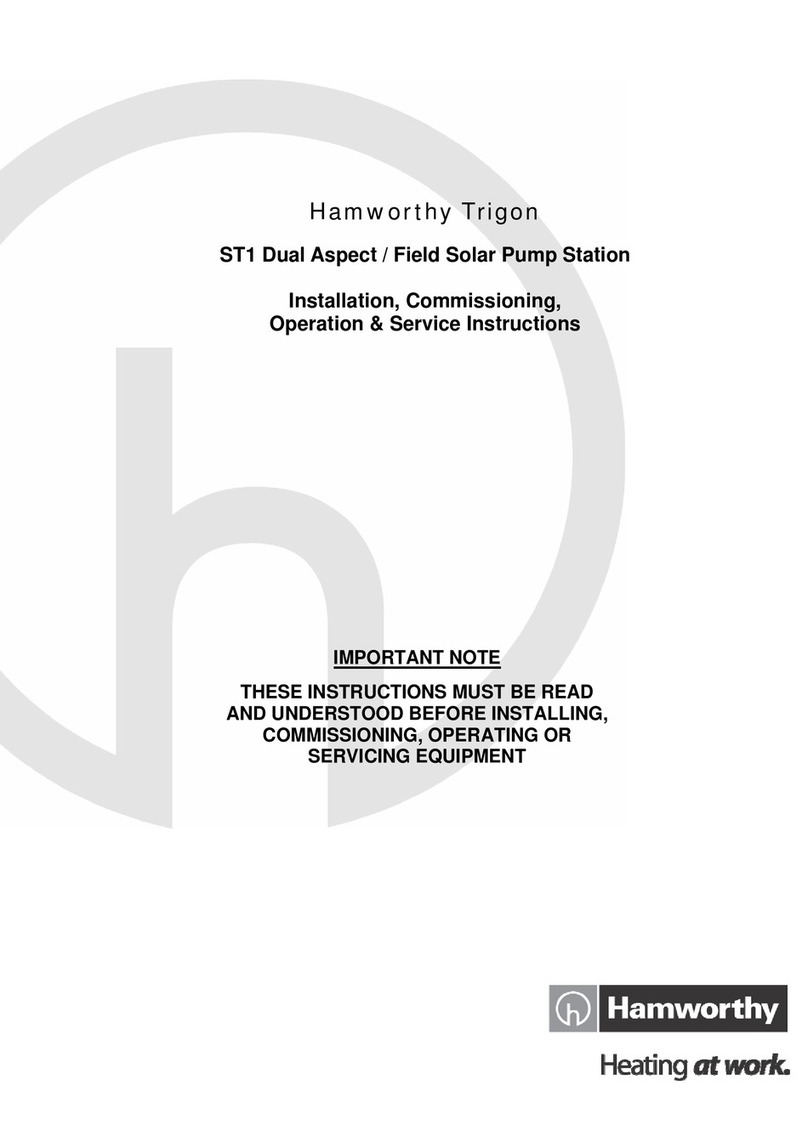
1 General information
0DNO0201 Installation-Operation ST1 Solar Pump Station 3
Contents
1General information.........................................................................................................4
1.1 About these instructions...............................................................................................4
1.2 About this product........................................................................................................4
1.3 Designated use............................................................................................................5
2Safety instructions...........................................................................................................6
3Assembly and installation [installer]..................................................................................8
4Commissioning [installer]...............................................................................................11
4.1 Flushing and filling the solar circuit.............................................................................12
4.2 Preparations before flushing.......................................................................................14
4.3 Flushing and filling .....................................................................................................14
4.4 Setting the solar installation (only for standard solar pumps)......................................17
5Maintenance [installer]...................................................................................................18
5.1 Draining the solar installation .....................................................................................18
5.2 Disassembly...............................................................................................................18
6Spare parts [installer].....................................................................................................19
6.1 ST1 Solar Pump Station.............................................................................................19
Controller extension..............................................................................................................20
720
Technical data
...............................................................................................................
7.1 Pressure drop characteristics ST1 Solar Pump Station..............................................21
8Function check valves [installer].....................................................................................22
9Commissioning report....................................................................................................
24




















